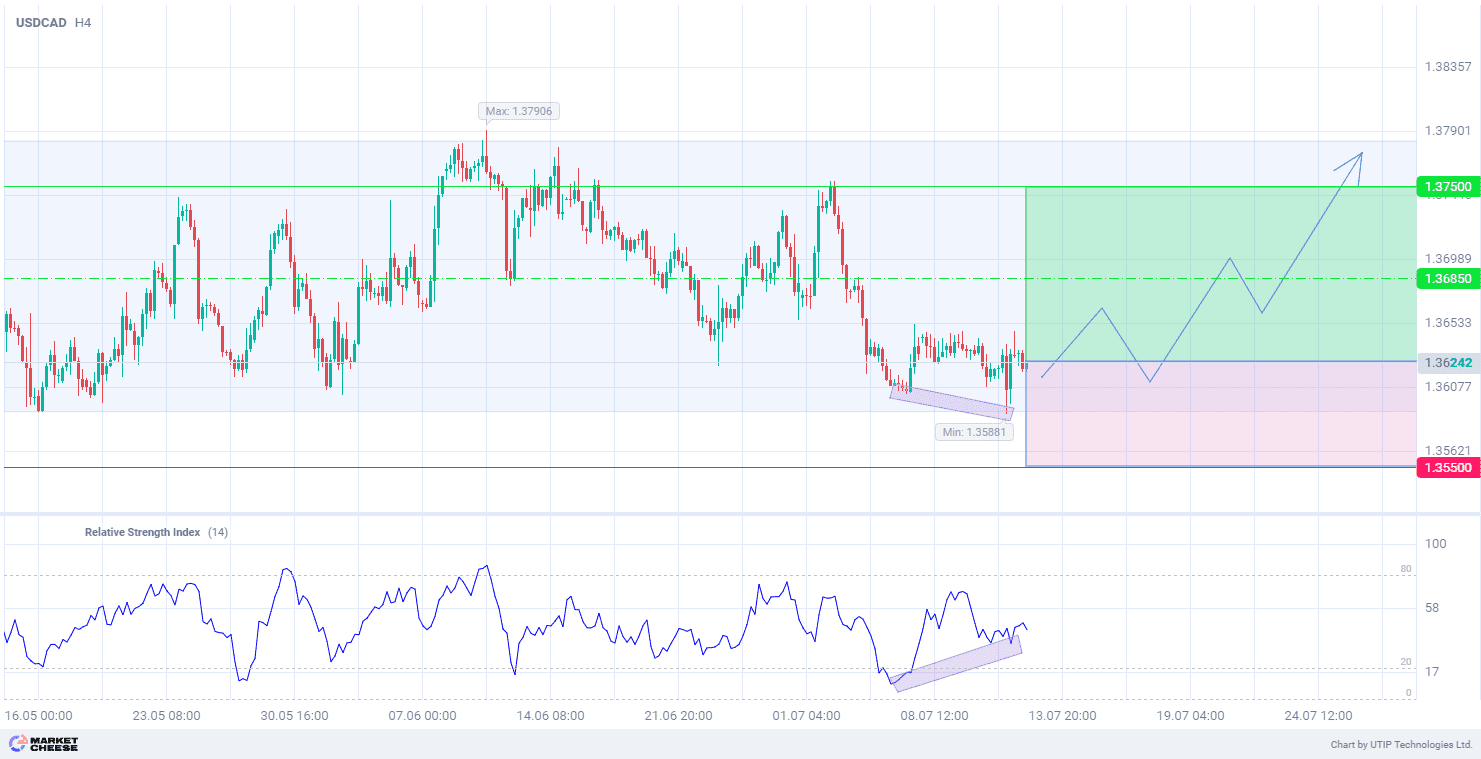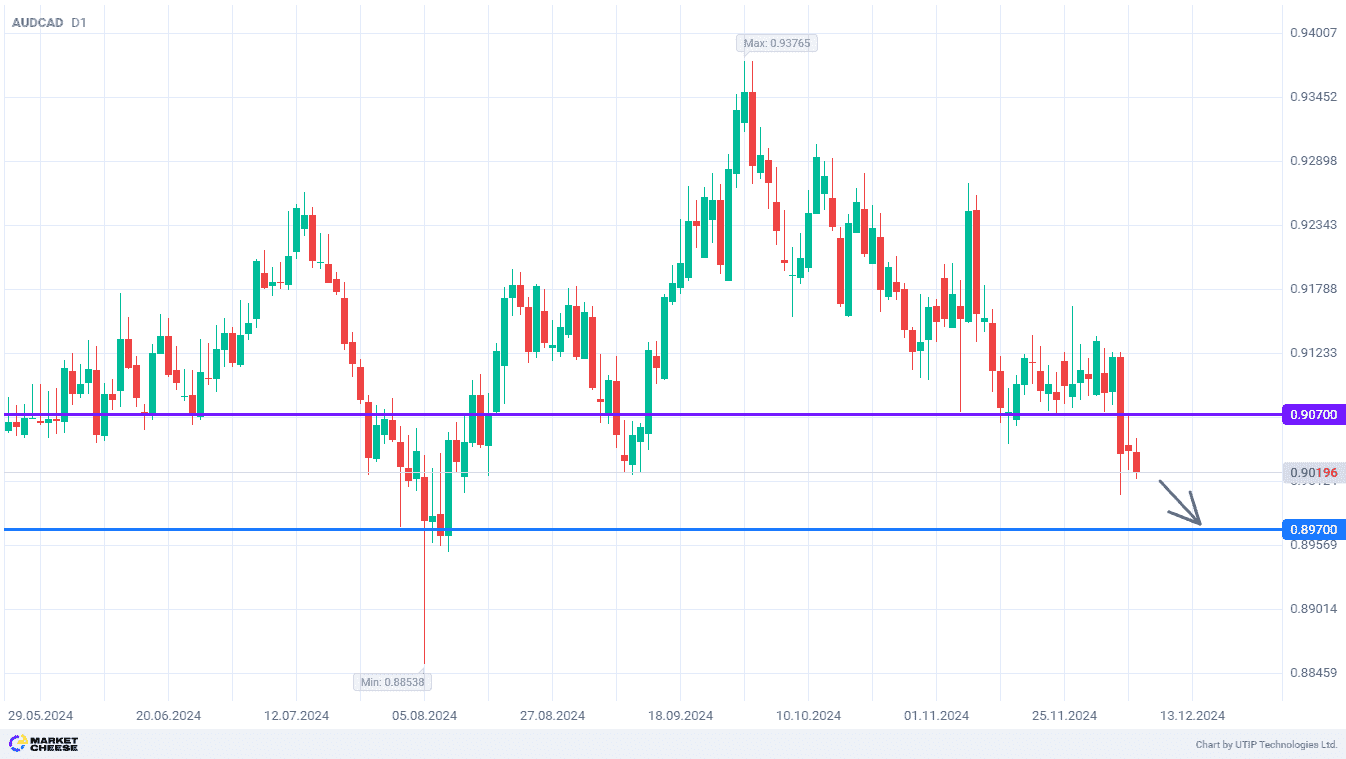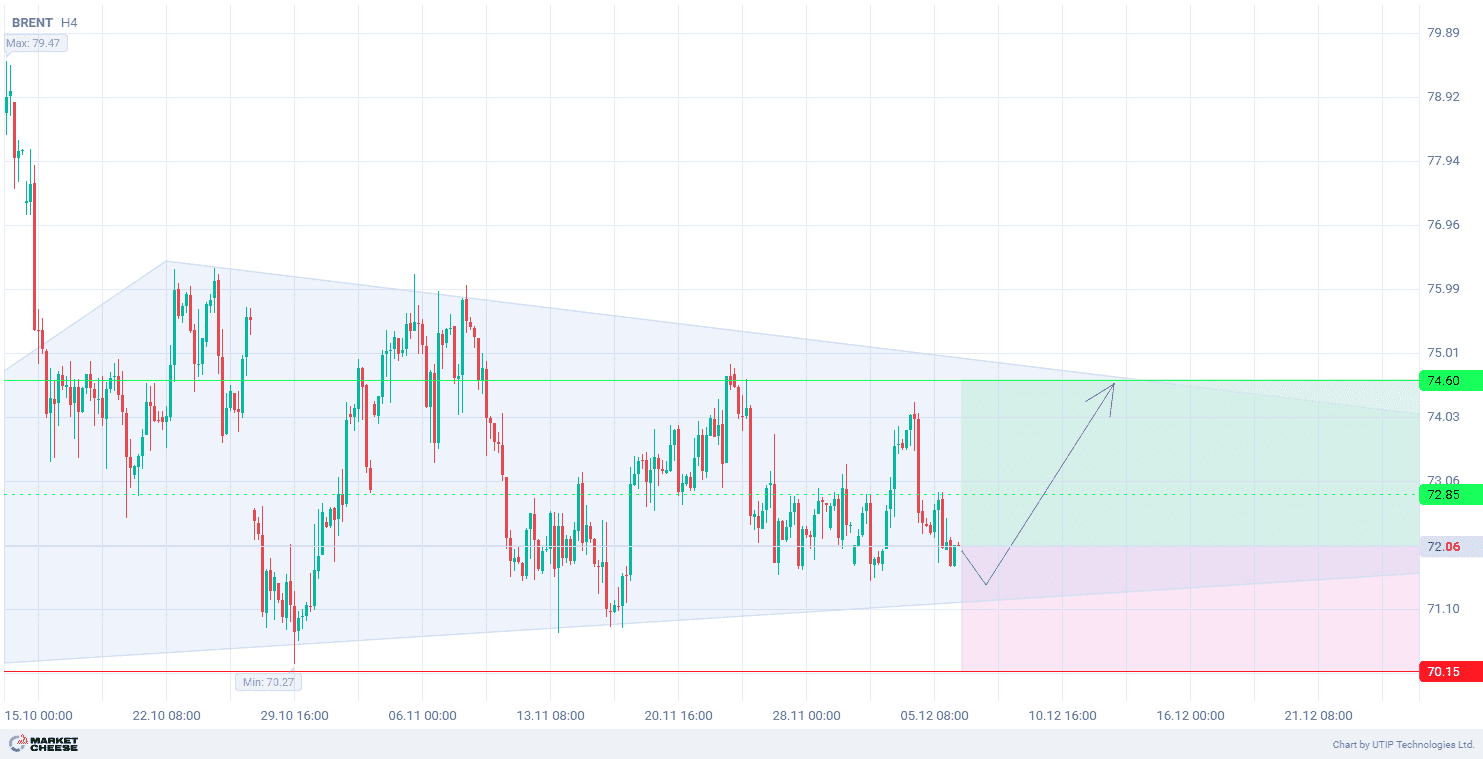The USDCAD is showing a moderate decline on Friday, as weak U.S. inflation data reinforces traders’ expectations for a Federal Reserve (Fed) interest rate cut in September.
According to the U.S. Bureau of Labor Statistics, the Consumer Price Index (CPI) rose 3.0% year-over-year in June, down from 3.3% in May. The figure was below the market consensus of 3.1%. On a monthly basis, the CPI fell 0.1% in June to its lowest level in more than three years.
Financial markets are pricing in a nearly 85% probability of a Fed rate cut in September, up from 73% before the inflation report, according to CME Group’s FedWatch tool. The regulator is likely to outline its future course of action at its next meeting at the end of July.
Today, investors are awaiting the release of the U.S. Producer Price Index and the University of Michigan Consumer Sentiment Survey.
On the macroeconomic front, Canada’s unemployment rate rose to 6.4% and the economy lost 1,400 jobs in June. This increases the likelihood of further interest rate cuts by the Bank of Canada. Weak employment data for June may weaken the Canadian dollar.
The technical characteristics of the price of the USDCAD currency pair are showing the formation of a broad correction on the D1 time frame. The price has retreated from the channel support, signaling a move to the opposite border.
The divergence of the Relative Strength Indicator (RSI) with a period of 14 on the H4 timeframe confirms the change in direction of the price towards growth.
The short-term outlook for USDCAD suggests buying with a target of 1.3750. Partial profit taking is recommended at 1.3685. A stop loss could be set at 1.3550.
As the bullish trend is short term, trading volume should not exceed 2% of your total balance to reduce risks.










